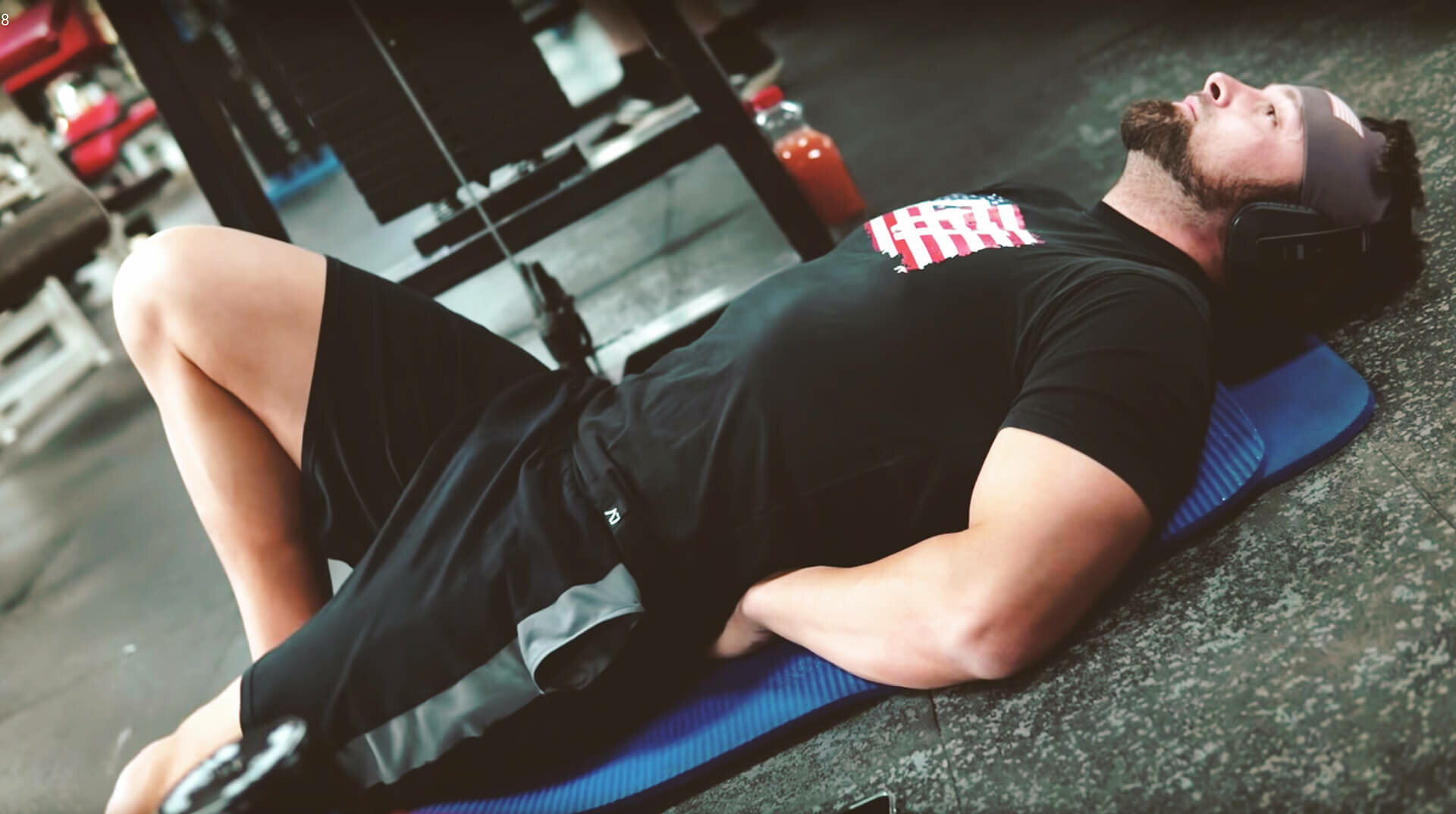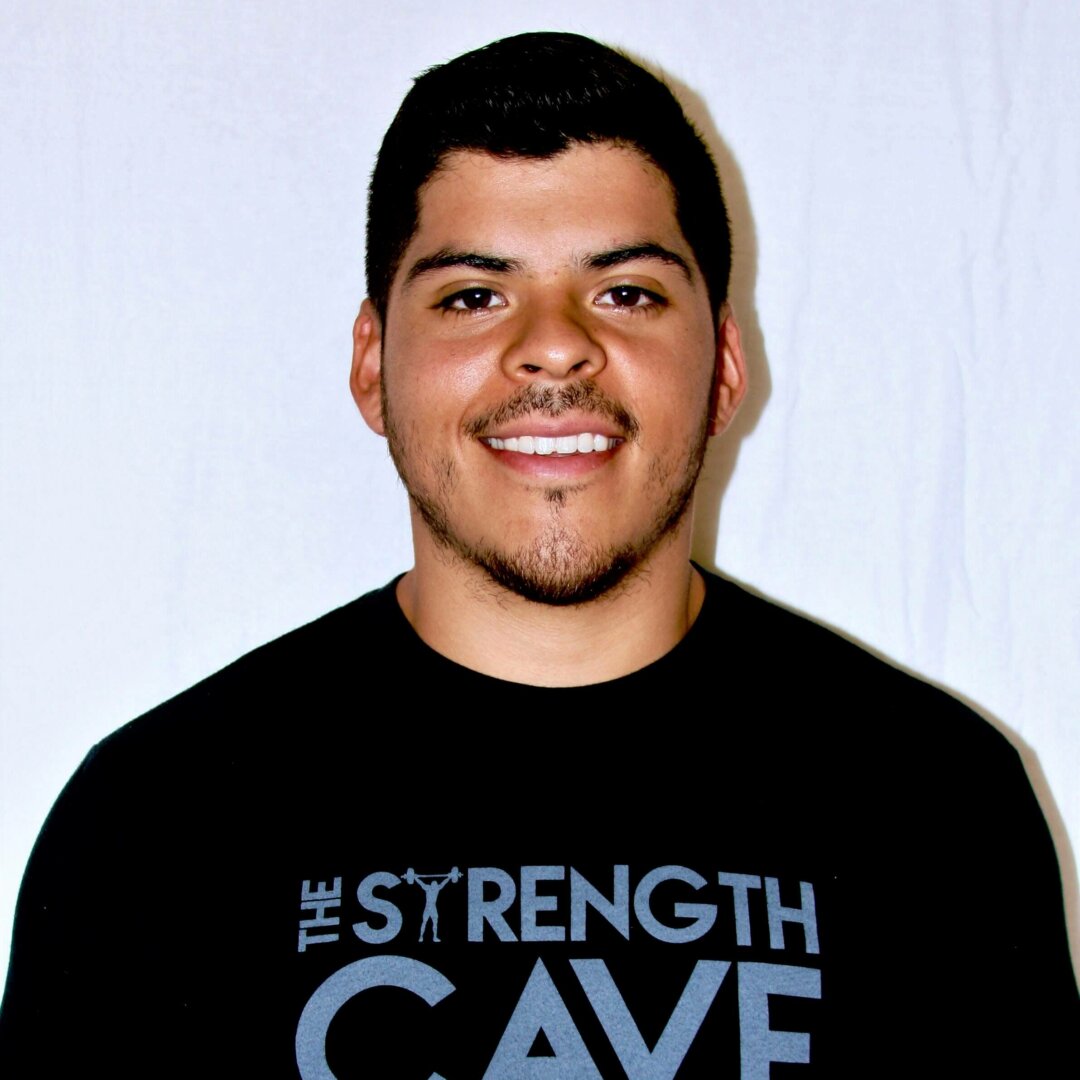When it comes to the average lifting enthusiast, there is a common pattern we see in the progression from beginners to experienced lifters. They start out wanting to get as big and strong as possible and only have eyes for lifting weights. Somewhere along the way, they may get interested in dieting and introducing cardio for fat loss in order to get leaner, but for the most part, they stay focused on trying to lift heavy weights. Usually, they are content to ignore any other modality until one day they incur an injury and are forced to come to terms with why they got hurt in the first place. The common scapegoat nowadays for getting injured is having “tightness” or a lack of mobility at a certain joint.
To combat this perceived source of injury, people have turned to stretching and mobility work as the holy grail of injury prevention and performance enhancement. Being “tight” or lacking mobility has been cast as a trait we should avoid at all costs. While this probably makes sense from a general health and movement resiliency standpoint, it may not apply so well when it comes to lifting heavy weights. While there certainly are instances where tightness can be a bad thing, lacking tightness could kill your ability to lift as much weight as possible.
Tightness Can Be a Bad Thing
One thing we have to keep in mind is the function we are trying to achieve. If your goal is to be limber and/or perform some type of gymnastics exercise, then flexibility is going to be important to your function. You will need to spend time working on eliminating tightness from your joints in order to gain the flexibility it takes to achieve those goals and avoid injury [3]. This is why mobility work is so important in the sport of CrossFit. CrossFit athletes are constantly performing gymnastics and movements that demand flexibility such as overhead squats.
Similarly, you don’t want to be tight if your goal is to perform simple movements like sitting and standing up or even tying your shoes. This may seem silly to many of you, but these things start to become difficult as you age and enter the later stages of life. So, if longevity is of high priority for you, then tightness is going to be a bad thing. Establishing the mobility and range of motion now as a young person will help to keep these issues at bay as you age.
Tightness can also be a bad thing if it leads to or is causing pain. No matter who you are or what your goals, pain is never welcome. Having pain in your knee because your hip is too tight to sit down or squat properly warrants some sort of intervention to remedy your tightness. Unfortunately, many people ignore their pain and troublesome tightness because they don’t want to stop lifting heavy or making gains. Even if it means you have to take a step backward in terms of strength or performance to fix your issues, it is worth the investment. You can either limit yourself now or wait until your body forces you to do so.
Tightness Can Be a Good Thing
Although being tight is generally thought of as a bad thing in fitness, it can definitely be advantageous in the right context. When it comes to producing as much force as possible, you do want a high degree of stiffness at certain joints. Why do we preach the importance of bracing your core when you deadlift or squat? Because it creates stiffness around the spine and allows you to generate and transfer force throughout the body. This boosts your ability to prevent injury by minimizing movement around the vertebrae, and also helps you to squat and/or deadlift more weight.
This same concept can be applied to other joints to give you an idea of why tightness can help you produce more force. When you perform a bicep curl, you actually still use your triceps to help stabilize the joint. Same thing goes for the hamstrings in a squat. You would think that since the triceps cause elbow extension and the hamstrings cause knee flexion that they would reduce your ability to perform a curl or a squat, but they only produce enough force on these movements to stabilize and stiffen the joint. That way, you are able to produce force more efficiently and lift more weight when performing the movement.
Another way that tightness can help for strength is through the enhanced elastic energy potential. We are all familiar with the rubber band effect. The farther you stretch a rubber band, the farther it will fly when you release it. This is due to the elastic energy that builds up in the band, which is converted to kinetic energy upon release.
This same principle takes place in your muscles and ligaments. A tighter muscle has to be stretched farther in order to reach full range of motion on a given exercise. Thus, more elastic energy is built up which can be used as kinetic energy when performing the concentric motion of the exercise [1]. This translates to more pounds being lifted and better performance in a sport like powerlifting or strongman. Interestingly, it also seems to benefit endurance exercise in so far as “tighter” individuals tend to have better exercise economy compared to more flexible individuals [2]. Of course, that is only one parameter of endurance, so we don’t know if tightness will actually translate to better race times.
Anecdotally, I have seen that people who have very high levels of flexibility often have much more trouble getting stronger compared to less flexible individuals. Hypermobility not only robs you of your force generation, but can actually be just as detrimental to joint health as being too inflexible. These individuals are often at greater risk for tendon and ligament damage because of their inability to stabilize their joints [4].
Tightness isn’t Always a Flexibility Issue
It is worth noting that being tight or immobile at a certain joint isn’t always a matter of lacking flexibility. Many people are able to passively move their joints through a large range of motion but are unable to do so actively (during an exercise for instance). This suggests that something else is going on that is limiting them from being mobile. Perhaps it is weakness in a stabilizing muscle or a coordination issue that is stopping someone from moving through a proper range of motion.
In this case, no amount of stretching or soft tissue massage is going to help your tightness or mobility. This is because it is not your flexibility that is limiting you, but a faulty motor pattern. You’ll have to work on fixing the root cause of the issue, which could go even deeper than simple activation drills. Sometimes our lack of mobility and pain can be linked to organ health, stress, sleep deprivation, or a whole host of other physiological and psychological causes. This is where it may be worth seeking help from a professional who can analyze you objectively, find the source, and then get you on the right track toward fixing your issue.
Conclusion
Mobility and stretch work have become hot topics in the world of fitness as more and more people look for ways to optimize their athleticism. Certainly, having enough mobility to perform basic movements is absolutely helpful in terms of performing well and staying injury free, but we have to be careful not to push this too far if our goal is to produce force efficiently. Too much mobility in a joint can actually rob you of your force production capacity. This means you will actually be robbing yourself of strength as you get too mobile.
Additionally, we tend to look at mobility as a cure all as far as injury is concerned, but being too mobile can actually lead to a greater risk for injury as well. The key is landing somewhere in middle and having a level of mobility that is specific to your goals. If you want to avoid pain and injury, make sure your mobility is adequate, but also take care of the deeper physiological and psychological stuff. And if your goal is to win strength competitions and set PR’s, it might be best to embrace a little bit of tightness so that you can produce as much force as possible when you need it.
References
- Gleim GW, McHugh MP. Flexibility and its effects on sports injury and performance. Sports medicine. 1997 Nov 1;24(5):289-99.
- Gleim GW, Stachenfeld NS, Nicholas JA. The influence of flexibility on the economy of walking and jogging. Journal of orthopaedic research. 1990 Nov;8(6):814-23.
- Grana WA, Moretz JA. Injuries to knee ligaments: Relationship to looseness and tightness in football players. JAMA. 1978;240:1975-6.
- Smith R, Damodaran AK, Swaminathan S, Campbell R, Barnsley L. Hypermobility and sports injuries in junior netball players. British journal of sports medicine. 2005 Sep 1;39(9):628-31.

